Penetrating damp is a common issue faced by homeowners, causing damage to properties and potentially posing health risks. At DryCore, we specialise in providing effective damp treatment solutions to address penetrating damp.
To ensure you make an informed decision on how to best care for your home, we will explore what penetrating damp is, its causes, how to identify it, and the various treatment methods available, including ones which prevent penetrating damp.
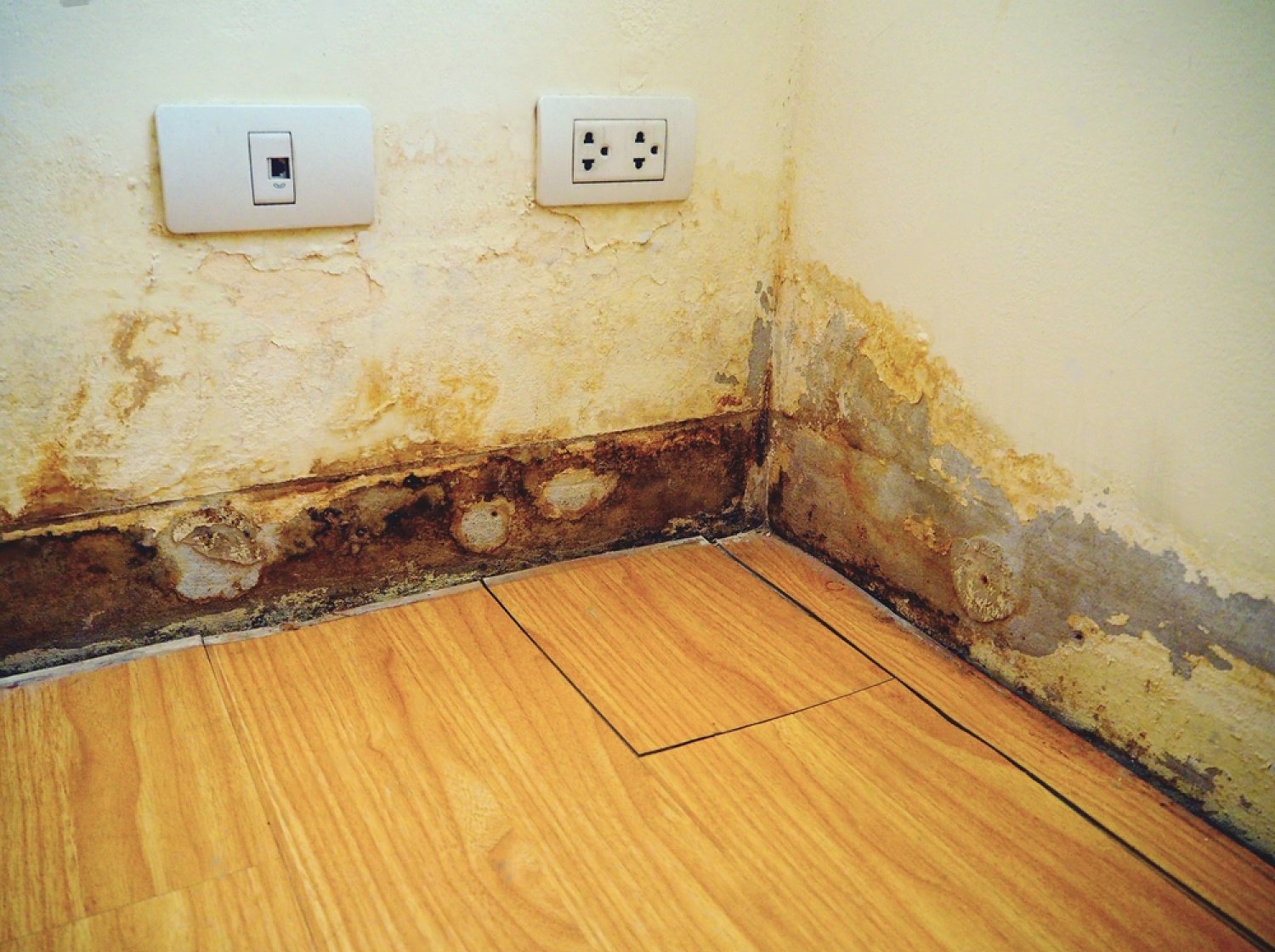
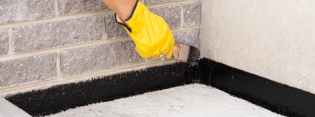
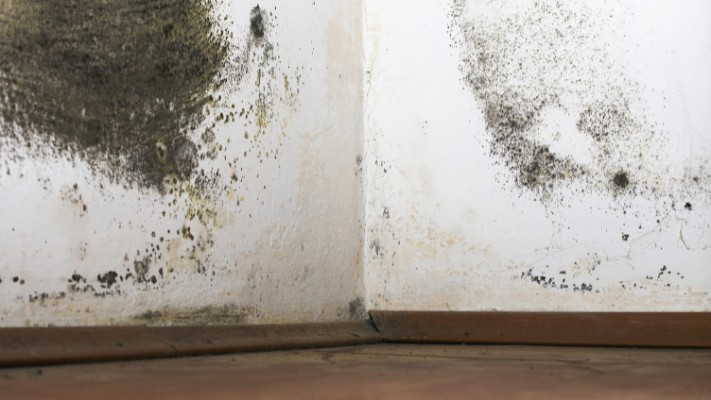
Penetrating damp refers to moisture infiltration into a property through exterior walls, resulting in damp patches, water stains, and potential structural damage. It occurs when water penetrates through porous surfaces, cracks, or gaps in the building envelope.
To effectively treat penetrating damp, it is crucial to address the underlying causes and apply suitable treatment methods.
Living in a property affected by penetrating damp can lead to various health risks. Damp environments provide a breeding ground for mould and mildew, which can trigger respiratory problems, allergies, and worsen existing conditions such as asthma.
By promptly treating penetrating damp, you can maintain a healthier living environment for you and your family.
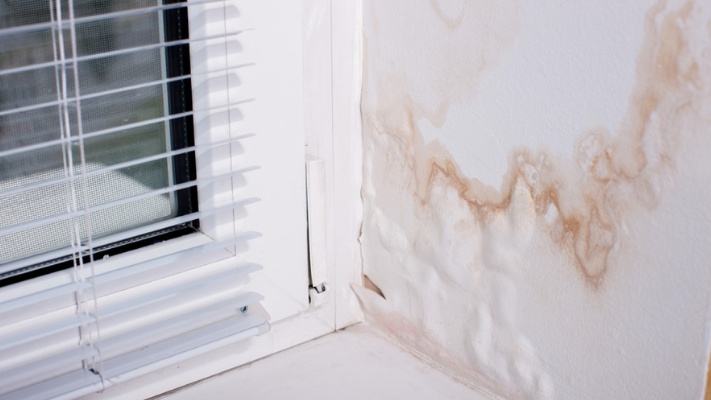
Trusted experts in damp proofing with a commitment to quality and customer satisfaction. Choose us today!



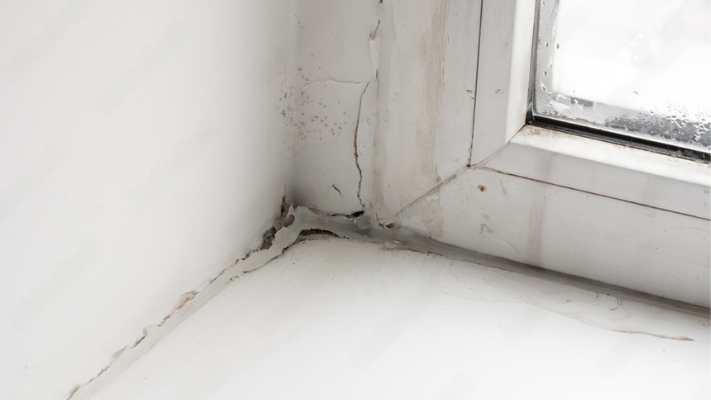
We know the dangers damp can have on a home and your health, which is why we are pleased to offer extensive services in this area. We have a skilled and qualified team, with a proven track record of removing dampness from property.
Please contact DryCore today to discuss your situation, and we can arrange a visit to your property. We offer a no obligation quote, and we aim to provide a speedy, safe and dependable service that improves your property.
Managing penetrating damp requires the use of specialist equipment to accurately diagnose and effectively address the underlying causes.
Commonly used tools include moisture readers for measuring moisture levels, thermal imaging cameras for detecting temperature variations, borescopes or endoscopes for inspecting hidden areas, hygrometers for assessing humidity levels, and moisture mapping tools for mapping moisture distribution.
These tools aid damp specialists in identifying the extent of moisture infiltration, locating water ingress points, and monitoring the effectiveness of treatments. Reputable dampness treatment companies like DryCore have the expertise and access to the necessary equipment for managing penetrating damp.
Penetrating damp can have various causes, and it is essential to identify and address them to effectively treat the issue. Penetrating damp is caused by the following factors:
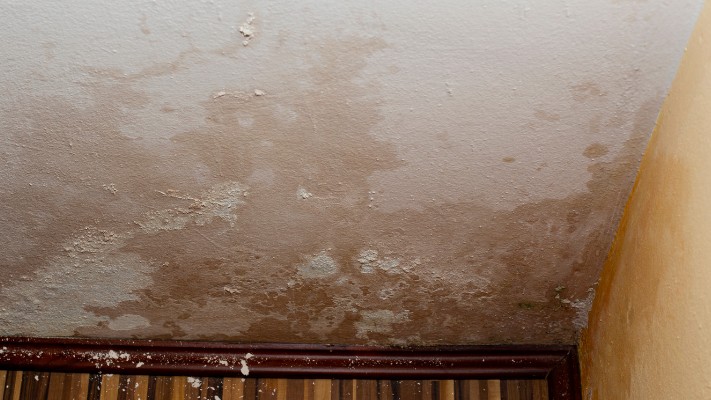
Porous Facades
Porous facades, such as old brickwork or poorly sealed masonry, can allow water to pass through them. Over time, weathering or inadequate construction practices may result in increased water absorption.
For instance, older properties built with lime mortar are more susceptible to penetrating damp due to their higher water absorption rates. The porous nature of these facades enables water to penetrate the walls, such as rain penetration, and cause damp issues internally.
Example: A heritage building with aged brickwork may experience penetrating damp if the mortar joints have deteriorated over time, allowing water to infiltrate the external wall.
Damaged Outer Walls
Cracks, gaps, or damaged rendering on exterior walls create openings for water to enter the property. If the external render has deteriorated or been poorly applied, it loses its waterproofing properties, making the walls vulnerable to moisture infiltration.
In such cases, rain penetration water can seep through the cracks, missing tiles, broken pipes, damaged skirting boards, rainwater pipes, roof damage and gaps, leading to dampness inside the property. Any significant issues to the building fabric, interior structure or inner walls can lead to a damp problem, which is how penetrating damp is caused.
Example: A property with poorly maintained external rendering may develop cracks and gaps, enabling rainwater to penetrate the walls and cause dampness in the interior spaces.
Paint Layers and Plasters
Inadequate or deteriorating paint layers and plasters on exterior walls can compromise their ability to repel water. Flaking or blistering paint, for instance, can expose the underlying surface to moisture, allowing it to penetrate the walls.
Similarly, deteriorated or damaged plaster can become porous, making it easier for water to infiltrate the property.
Example: A property with aged paintwork that has started to peel or blister may experience penetrating damp if the walls are left exposed to water ingress.
Broken Roof Gutter
A broken or malfunctioning roof gutter can redirect rainwater towards the exterior walls instead of safely channelling it away from the property. This constant exposure to excess water can lead to penetrating damp issues over time, as the walls become saturated and unable to withstand prolonged moisture exposure.
Example: If a roof gutter is damaged or clogged, rainwater may overflow and cascade down the exterior walls, saturating them and causing damp problems.
Cracks Around Windows and Frames
Building defects like cracks or gaps around windows and frames provide pathways for water to enter the property. Poorly sealed joints or deteriorated sealants around these areas can allow water infiltration, leading to penetrating damp issues.
The constant exposure to moisture can cause damage to the surrounding walls and create a conducive environment for dampness to develop.
Example: A property with aged windows may develop cracks in the sealant, allowing rainwater to penetrate walls and result in penetrating damp around the window frames.
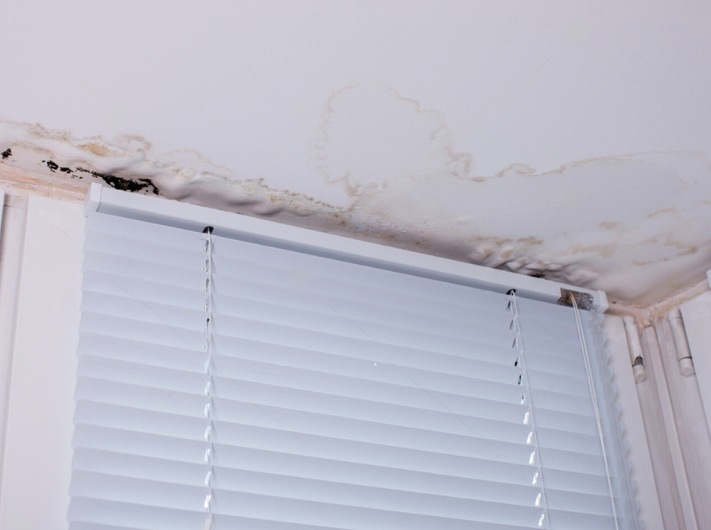
Knowing how to spot penetrating damp early is helpful, and here are some common symptoms of a penetrating damp issue:
You also need to be aware there is a difference between signs of penetrating damp for interior and exterior walls:
Visually, penetrating damp on outer walls often appears as dark patches or water stains. These patches may expand or darken during rainy periods. It is essential to check for signs of a damp wall, such as peeling wallpaper or paint, musty odours, or visible mould growth.
Internally, penetrating damp can manifest as a damp patch, water stains, blistering paint, or wallpaper peeling away from the wall. A musty smell or increased humidity in the affected area may also indicate penetrating damp with internal walls.
Check the height of water damage on an interior wall. The height at which dampness occurs is a common differentiator between rising damp and penetrative damp. We can help with all forms of dampness, water ingress and wet rot problems, on an interior or exterior wall.
Contrary to a common misconception, properly installed and maintained cavity wall insulation should not cause penetrating damp. However, if the insulation has been incorrectly installed or there are other underlying issues, such as bridging or moisture penetration, it can exacerbate damp problems.
It is essential to assess the cavity wall insulation and address any associated issues during the treatment process. If you live in a solid wall construction, you don't need to worry about cavity walls, so make sure you know your property type before commiting to a project.
It probably won’t surprise you to learn there are many methods to treat penetrating damp, and here are some of the most common:
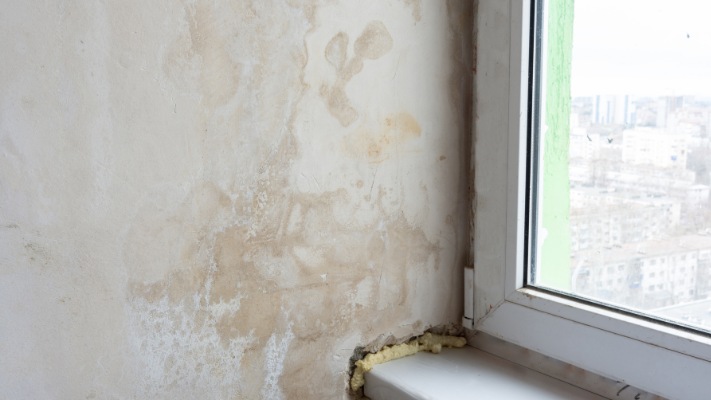
Rendering involves applying a waterproof layer to the exterior walls to create a barrier against water coming in. This method helps improve the wall's resistance to moisture and provides an opportunity to enhance the appearance of the property. Professional rendering using suitable materials and techniques can effectively address a penetrating damp problem.
Applying damp-proof paint to the exterior walls forms a protective barrier against moisture ingress and wet walls. This specialist paint contains additives that inhibit water penetration, helping to prevent dampness and protect the underlying building materials and structure.
It is important to prepare the surface properly and choose high-quality dampness-proof paint for long-lasting results.
In some cases, installing new cladding on the property's exterior helps combat penetrating damp. Cladding acts as an additional protective layer, shielding the walls from water infiltration.
Various cladding materials, such as uPVC, timber, or composite options, offer both aesthetic appeal and enhanced moisture resistance.
A damp proof course, or DPC, is also useful, serving as a barrier against rainwater penetration, and damp rising a wall. This water repellent treatment is highly effective in minimising damp conditions and stopping black mould from developing.
More details here>
What is a damp proof course?
More details here>
How long does a damp proof course last?
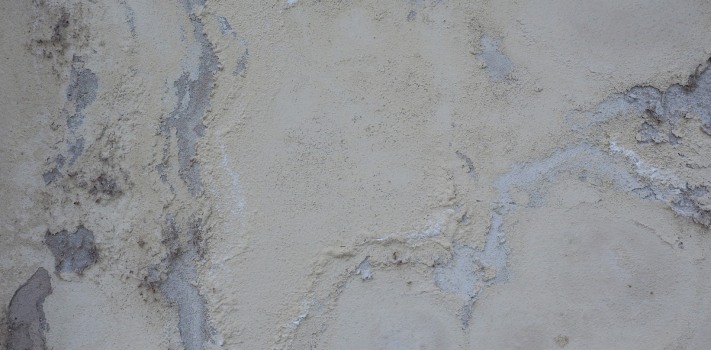
While it is advisable to seek professional assistance for a comprehensive and long-term solution to penetrating damp, there are some DIY tips that can help temporarily alleviate the issue.
Here are some practical steps you can take:
One of the primary causes of penetrating damp is the accumulation of water due to blocked or damaged gutters and downpipes. Regularly inspect and clear them of leaves, debris, and any obstructions. Ensure that the water can flow freely and be directed away from the property.
This will help prevent excess water from seeping into external masonry, cavity or solid walls and causing dampness.
Identify and seal any visible cracks or gaps around windows, frames, and external walls. These openings can be entry points for water during rainfall. Use suitable sealants specifically designed for the purpose, such as silicone-based sealants or exterior-grade caulking compounds.
Properly fill and seal the gaps to create a barrier against water penetration.
Proper ventilation plays a crucial role in preventing moisture buildup and reducing the risk of penetrating damp. Ensure that affected areas, such as kitchens, bathrooms, and basements, have sufficient airflow. #
Open windows or use extractor fans during and after activities that generate moisture, such as cooking or showering.
Mould and mildew can thrive in damp environments and worsen the effects of penetrating damp. To address existing mould growth, use appropriate cleaning solutions specifically designed for mould removal.
Follow the instructions provided by the manufacturer and ensure proper ventilation during the cleaning process to prevent inhalation of harmful spores. After cleaning, thoroughly dry the affected areas to inhibit further mould growth.
While these DIY tips can offer temporary relief, and are helpful in preventing this problem occurring, it is important to understand their limitations. DIY measures may not fully address the underlying causes of penetrating damp, and the issue could persist or worsen over time.
Seeking professional assistance from a dampness treatment specialist, such as DryCore, is highly recommended for a comprehensive assessment, appropriate diagnosis, and effective long-term solutions tailored to your specific situation.
The cost of penetrating damp treatments vary depending on factors such as the severity of the issue, the size of the affected area, and the chosen treatment method. It is recommended to contact DryCore for a professional assessment and a detailed cost estimate tailored to your specific situation.
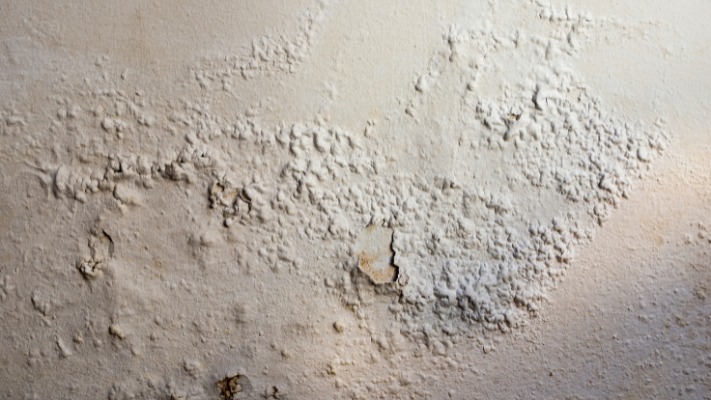
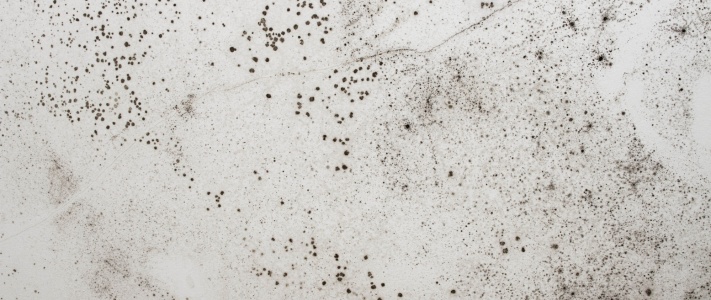
Penetrating damp should be taken seriously, as it can lead to significant structural damage if left untreated. The severity of the issue depends on the extent of water ingress and the duration of exposure. It is crucial to address penetrating damp promptly to prevent further deterioration and mitigate potential risks.
While some DIY solutions may provide temporary relief, professional assistance ensures a comprehensive and effective long-term solution.
If you are worried about penetrating damp problems, the first step to stop penetrating damp is to arrange for a survey. According to Checktrade, as of summer 2023, the average cost for this survey is as follows:
Please contact us for a tailored quote in managing all penetrating dampness and rising damp problems, including severe penetrating damp problems.
Treating internal walls affected by penetrating damp requires a thorough understanding of the underlying causes. Professional damp specialists can assess the extent of the issue and determine the appropriate treatment method.
Solutions may involve removing affected plaster, applying dampness-proof membranes, and re-plastering with suitable materials to create a moisture-resistant barrier.
The duration of treating penetrating damp depends on several factors, including the severity of the issue, the chosen treatment method, and the property's specific conditions. Even how quickly you spot signs of penetrating damp affects the outcome. While some cases may require relatively quick interventions, others with more extensive damage or complex underlying causes may take longer to address.
It is best to consult with DryCore for a personalised assessment of the treatment timeline.
Penetrating damp in your home can be identified through a number of signs such as damp patches appearing on walls, ceilings or floors, especially after heavy rain. You may also notice a musty smell, mould growth, and deteriorating plasterwork.
Common signs of penetrating damp include damp or wet patches on walls, ceilings, and floors, flaking paint or plaster, discolouration or staining on the surfaces, and a musty, damp smell. Mould growth is another key indicator of this problem.
Penetrating damp is caused by water infiltrating through the walls or roof due to issues like faulty guttering or roofing, while rising damp is due to moisture from the ground rising up through the walls. Condensation, on the other hand, is caused by humid air cooling and condensing on cold surfaces in the property.
Penetrating damp can cause severe damage to the structure of your building. Over time, the constant moisture can weaken the structural integrity of the building, cause decay in timber, damage plasterwork, and lead to mould growth, which may also pose health risks.